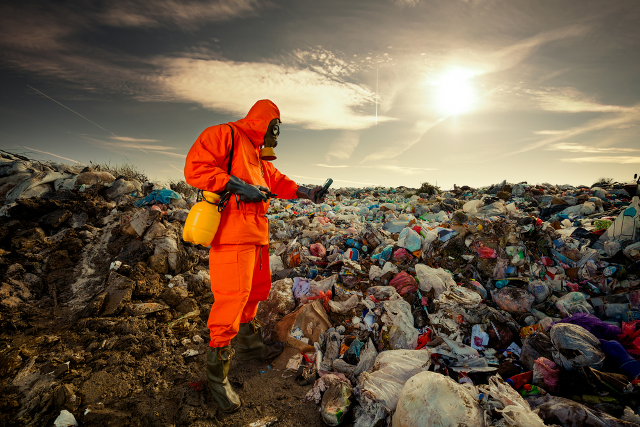
In many cities across China, residents can now use a “Your Weather” app developed by Microsoft to predict local air quality based on monitoring station data combined with weather forecasts and factors such as temperature, wind directions and humidity levels. The app is one of a number of solutions being developed in response to concerns about the health effects of increased urban pollution.
Globally, the numbers make for alarming reading. In cities that report on their air quality, about half of residents are exposed to air pollution at least 2.5 times higher than levels recommended by the World Health Organization. Only 12% are living in urban environments that meet WHO air quality guidelines.
As more of the world’s population moves into cities – the proportion is expected to rise from 54% today to 66% by 2050, the UN says – increasing numbers of people will be exposed to the health risks of breathing poor quality air.
Sources of urban pollution vary, but among the biggest culprits is the car. While in developed economies, fuel efficiency standards and hybrid vehicles have helped lower emissions, in developing country cities, the absence of standards and the congestion arising from poor planning have resulted in high levels of exhaust fumes.
As rural populations move into urban areas, other sources of pollution are on the rise. In developing countries, the use of solid fuel in cities – from kerosene lamps to cook stoves burning fuels such as coal, wood and animal dung – creates indoor pollution. And, according to sustainable lighting charity Solar Aid, breathing in fumes from a kerosene lamp is estimated to be equivalent to smoking two packets of cigarettes a day.
Meanwhile, power production, particularly by plants that burn coal, is also generating increased urban carbon dioxide emissions.
One solution is to switch fuels. This is the strategy in China, where to tackle the smog choking the streets of Beijing, the government has been shutting down coal-fired power stations outside the city and replacing them with gas-powered plants.
When it comes to vehicle emissions, while regulation plays a role through the imposition of fuel standards, many cities are also looking to take cars off their streets.
One promising model is the bus rapid transit system (BRT) pioneered in Curitiba, Brazil and Bogotá, the Colombian capital. BRT systems achieve speed and efficiency – making public transport more appealing – by running centrally controlled buses on routes from which other vehicles are barred.
Meanwhile, affordable clean technology tackles indoor urban pollution when low-income families can replace dirty kerosene lamps with solar-powered LED lights.
Here, in addition to technology, smart business models are needed – from microfinance products that make solar lamps affordable to pay-as-you-go options. In India, for example, a non-profit called Pollinate Energy is helping entrepreneurs to start businesses so they can create distribution networks for off-grid clean-energy products in urban slums.
City residents can play a role, too, by tracking pollution. For example, in the US city of Louisville, GPS devices embedded in smart inhalers collect data on where and when asthma sufferers are being particularly affected.
As the old business principle goes, measurement is the key to management. And with sensors that collect and transmit information on everything from the humble lamppost to an asthma inhaler, cities can amass the data needed to plan smart urban environments in which citizens can breathe more easily.
How exposed are you to air pollution? And what do you think should be done about it? Join the conversation at the Future Realities LinkedIn group, sponsored by Dassault Systemes.




